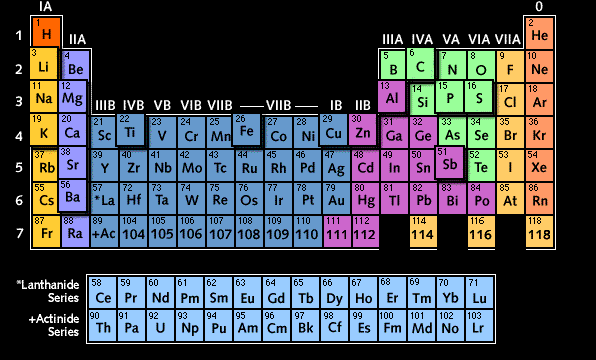![]()
In the late 1830s, the Italians made a big breakthrough in pyrotechnic chemistry. They began adding the compound potassium chlorate to the traditional black powder mixture. The compound helped oxidize the reaction, enabling it to burn hotter and brighter. The strongly exothermic (heat-giving) reaction made additional reactions involving other compounds possible.
A better understanding of how the brilliant hues of fireworks are created can be seen on an atomic level. Electrons orbit an atom’s nucleus in a “cloud” and can be found in different levels called orbitals. Electrons can be raised to higher-energy orbitals when an atom absorbs energy. The electrons then return to their original orbitals as the atom emits the absorbed energy as light.

The atoms of different chemical elements release very specific wavelengths
of light corresponding to the different colors that we see. Colors at the
warm (red and orange) end of the spectrum correspond to longer wavelengths
of light. Colors at the cool (purple and blue) end of the spectrum have shorter
wavelengths. The most impressive colors come from the explosion of salts
of certain metals, such as barium, strontium, and copper.
Barium salts emit wavelengths of bright green light, while strontium salts
glow a fiery red. Copper salts create different shades of blue and purple.
The addition of sodium ions produces luminous golds and yellows.
Color Element Wavelengths.gif)
(in nanometers)
Copper
(in copper salts) 420 - 460 nm
Barium
(in barium salts) 505 - 535 nm
Sodium ions 589 nm
Strontium
(in strontium salts) 636 - 688 nm
These days, other metals are added for brightness or special effects. For
example, aluminum and magnesium are added to make electrifying white light.
Titanium adds sparks and a mighty kaboom, while Zinc helps create dreamy
smoke clouds.



[Home][History][Physics][Construction][Personal Experience][Bibliography]